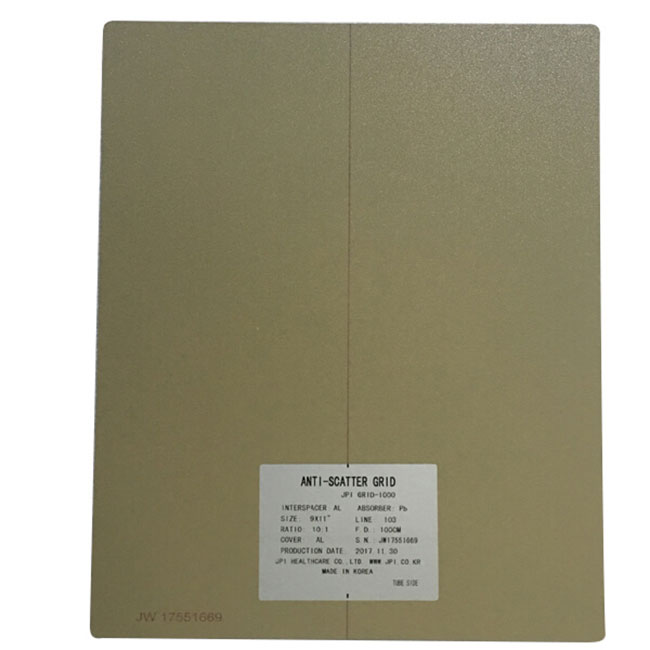The recommended X-ray grid frequency for different patient sizes and anatomical regions depends on several factors, including the body part being imaged, the patient’s size, and the desired image quality. Grid frequency refers to the number of lead strips per inch or centimeter on the grid.
For larger patients or thicker body parts such as the chest or abdomen, a higher grid frequency is generally recommended. This is because thicker tissue tends to produce more scattered radiation, which can degrade image quality. A higher grid frequency helps to reduce scattered radiation and improve the visibility of anatomical structures. Grid frequencies of 8-12 lines per inch (LPI) or 3-5 lines per centimeter (LPC) are commonly used for these regions.
For smaller patients or regions with less tissue thickness, such as extremities or pediatric patients, a lower grid frequency may be more appropriate. This is because thinner tissue produces less scattered radiation, and using a lower grid frequency can help preserve the visibility of fine details. Grid frequencies of 5-6 LPI or 2-3 LPC are often used for these areas.
It is important to note that these are general guidelines, and the optimal grid frequency may vary depending on the specific circumstances. Factors such as the X-ray equipment being used, the specific clinical objective, and the expertise of the radiologist or medical personnel may influence the choice of grid frequency. Consultation with healthcare professionals or radiologists is recommended to obtain specific guidance tailored to each patient’s needs and to ensure optimal image quality while minimizing radiation exposure. Whatsapp:+86 18953679166. Email: service@newheek.com

Author:X Ray Grids Maker
Tel: +86 18953679166
Email: service@newheek.com
Company: Weifang Newheek Electronic Tech Co., Ltd.
Address: E Building of Future Star Scientific Innovation Industrial Zone of No.957 Wolong East Street, Yulong Community, Xincheng Sub-District Office, Weifang Hi-tech Zone, Shandong Province, China